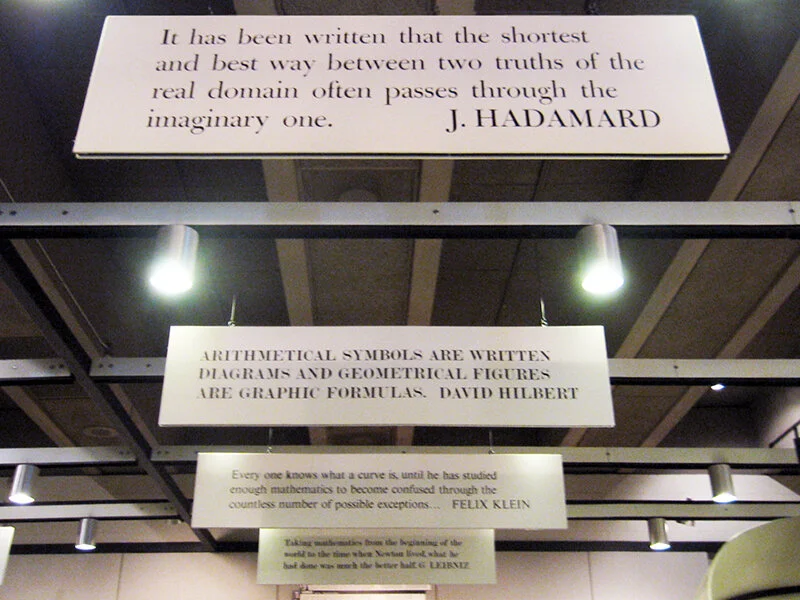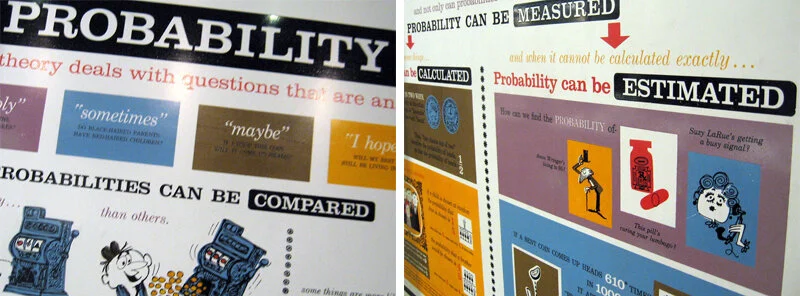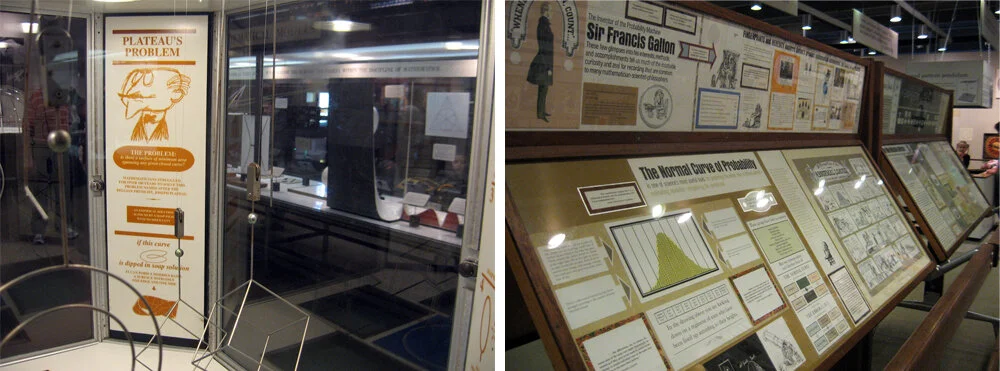The AIGA BoNE Show — Best of New England [Design] — is a design competition for New England, hosted biennially by AIGA Boston. I was asked to direct the 2011 show, after doing a decent job of designing the exhibit for the 2009 show, and when I said “yes!” without even thinking about it, I found myself responsible for its call-for-entries, judging, meet-the-judges event, awards show, exhibition, website, catalogue ... every little thing involved in putting on a design competition. (It was also the very last thing I did before I left Boston for DC, back in June.)
First I had to create a theme. I worked with George Restrepo to brainstorm a half dozen promising directions. The eventual winner — “Wicked Problems/Wicked Solutions” — was born while myself, George, and a couple other AIGA volunteers on the BoNE committee were discussing the concept of wicked problems and how design is essential to problem solving. Keeping tongue in cheek, I also liked that if people didn’t exactly understand the deeper meaning of the theme, it could also be interpreted as simply “wicked” in the New England sense.
The call-for-entries (above), designed by Kristen Coogan, featured a playful Rube Goldberg-esque problem-solving machine. This visual identity was carried through the rest of the competition and awards show’s graphic pieces, including the website, designed by Justin Hattingh, with technical assistance from Jeremy Perkins.
Below: In keeping everything aligned to the theme, at the meet-the-judges event — held in Boston the evening before judging began — the three judges each gave a presentation related to “wicked problems.”
All event and exhibition photos by Ben Gebo Photography. More event photos, here.
When designing the exhibition, we continued to play with the problem solving theme. Katelyn Mayfield designed a component-based display system: individual displays could be arranged in any configuration to take advantage of our huge gallery space on Boston University’s campus. The displays could then be packed flat and shipped to other venues when the BoNE Show “went on the road” after its run in Boston.
Here is the exhibition, full of guests on the evening of the awards show:
Exhibit displays were located in the front third of the 808 Gallery. Each display was custom-designed for the design project it held and hand-built from corrugated plastic sheets and PVC pipes. Windows and shelves were built by cutting and folding the plastic sheets, by Katelyn and a crack team of volunteers, including BU’s student AIGA group.
WICKED PROBLEMS and WICKED SOLUTIONS were applied to the wall in giant red and cyan vinyl. Winners’ names were laser cut from thick illustration board and the edges of shelves were finished with cyan-colored tape.
Above, left: I commissioned furniture designer Seth Wiseman of ConForm Lab to design and build two sets of benches which could be moved into endless configurations — a human-sized three-dimensional tangram game. The benches were sold during the event auction and the money benefited AIGA Boston. Seth also designed and built the tangram stage, which is in a couple of photos below.
Above, right: For the media-based winning entries, we built a simple kiosk. Joe Morris designed the interface.
Below, left: Dan Watkins (aka Dan the Man Photo) manned the “photo booth.” He also shot all the photography for the show’s catalogue. Below, right: DJs Dan Riti & Kevin James in their sophomore BoNE Show appearance.
Above, left: The silent auction table. We also held a live auction for the big-ticket items. Jason Stevens and Kathleen Byrnes headed the sponsorship drive. Because the point of this entire production was to raise money for AIGA, we tried to get everything for free (or at least on the cheap), and were very thankful for all of our generous sponsors.
And then there was the gorgeous (award-winning, itself) awards show catalogue, designed by George Restrepo and printed and bound by ACME Bookbinding. The embossed covers came in both red and cyan. The keepsake entry ticket was designed by Ira Cummings and printed and foil stamped by EM Letterpress.
And … the awards show! AIGA Boston chapter president Matthew Bacon served as Master of Ceremonies. Trophies were bone-shaped and cast in aluminum (bronzed for the Judges’ Choice winners), with embossed winners’ names. Names were all punched by hand (by Bridget Sandison, who also — along with Juliana Press and Meghann Hickson — took care of receiving and sorting and tracking all the competition entries) using a vintage Dymo label maker. Same way the awards have been made since the BoNE Show’s inception in 1995.
Thank you to Tracy Swyst, AIGA Boston’s VP of operation, who has overseen many many many BoNE Shows, and to the rest of the AIGA Boston board: Heather, Jodi, Colleen, Brandon, Jillfrancis, Diane, Chiranit, Lee, Mat, Jason R, and Sarah, and to the boards from AIGA Connecticut, Rhode Island, Maine, and NH/VT, and everyone else who lent a hand in any way. It was a really great experience.
Post updated in January 2021 with text edits and minor photo edits. Broken links have been fixed. This post was originally published at theexhibitdesigner.com on 24 April 2012.









































































































